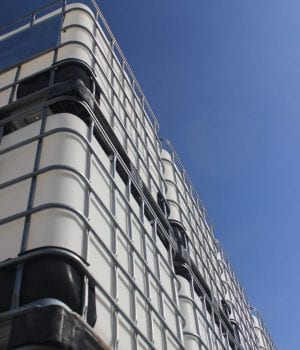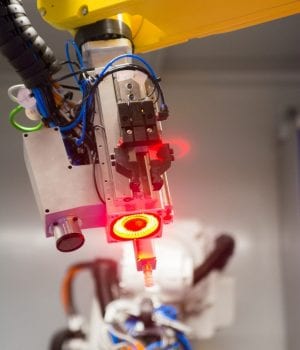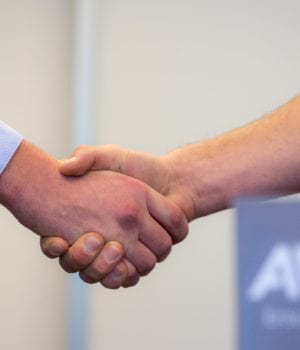How do electrification and connectivity offer new opportunities?

Published on: Mar 2, 2018
AWL responds to developments in the automotive industry. This is done among other things by means of research into alternative joining methods and solving new automation issues. In this way, our Research & Development department supports the developments that are needed to shape the trends within the automotive industry.
Many of these developments take place in the field of battery technology and result in a substantial increase in capacity and halving of the costs involved. Together with the regulations and subsidies, which Europe and Asia use to stimulate CO2 reductions, this ensures that electric driving will soon come within reach of many users.
Electric cars form a network that, with the technological developments in the fields of processor speed and 5G networks, is being prepared for autonomous driving. You will soon be able to order a RoboCab with your mobile phone, which will quickly take you to your destination in the city. Comfortable and cheap travel without parking problems , specifically tailored to individual needs.
AWL is preparing for the new opportunities created by these developments. For instance, the battery housing must be lightweight, but more than anything else strong and closed to prevent the danger of leakage or fire in the event of a collision. It must also be possible to produce it in large numbers. The housing design often includes aluminum combined with other materials. The first steps were already taken in 2017 with the laser welding of profiles, which are now being used in the battery housing for the new Audi e-tron!
Car seats are also subject to change. For instance, AWL customers are researching into what is required to prepare the seat for autonomous driving. The seats of the future must be able to rotate through 180° and the seat belts have to be integrated. There are even plans to provide the seats with sensors that measure the heartbeat and blood pressure. In the end, the seat must be connected with its environment.
The seat's weight also has to be reduced. A large customer of AWL wants to produce seats that weigh less than 10 Kg by 2020 . The average seat now weighs more than 12 Kg! The use of exotic materials, such as magnesium, are essential for this.
Regardless of the final outcome, AWL is committed to providing its customers with automation solutions that meet their demands.
You will also like these blogs:.

New in oZone: Robot Safety Training – Free, practical, and essential for anyone working with robots

AWL Joins MHI’s The Robotics Group (TRG)

Meet the people | Seth McAndrew’s Journey from Electrical Technician to Shopfloor Supervisor



















